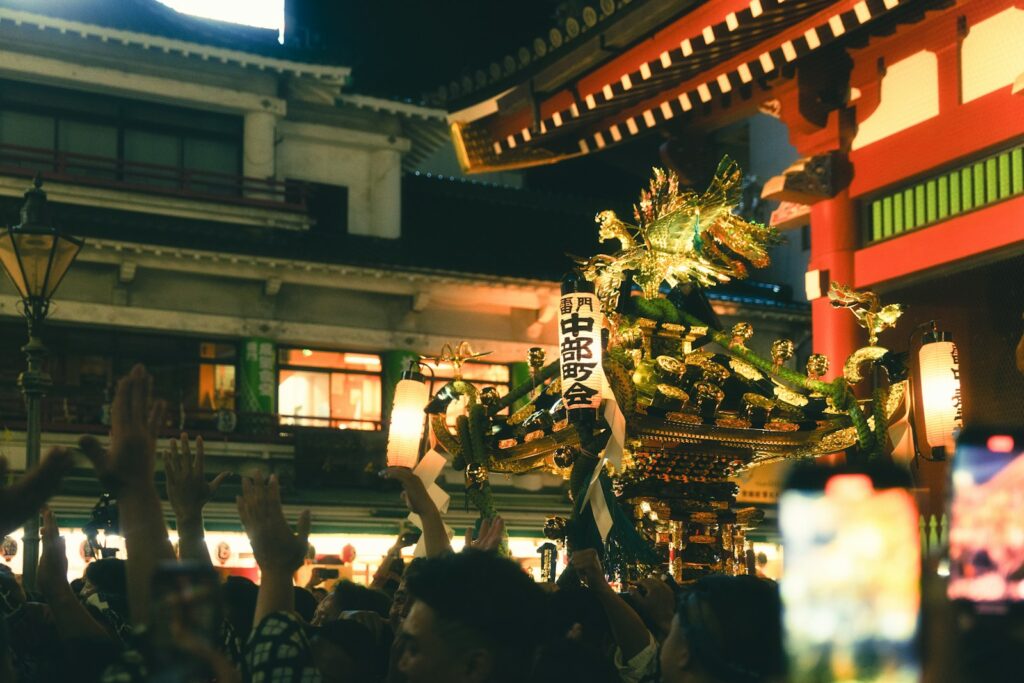Japan Matsuri in 2025 promises a vibrant calendar of cultural celebrations highlighting the beauty of Japanese heritage. From spring sakura festivals to autumn Nebuta parades, these events showcase tradition, unity, and artistry. Whether you’re drawn to the grand floats of Takayama or the bustling energy of Tokyo’s Sanja Matsuri, each festival offers an unforgettable experience. Get ready to explore Japan’s rich traditions and timeless festivities.
What is Japan Matsuri?
Japan Matsuri refers to the colorful and deeply rooted traditional festivals celebrating Japanese culture, history, and spirituality. These events are not just festivities but expressions of gratitude, community, and dedication to Japan’s gods, ancestors, and seasonal bounty. Each Matsuri highlights different traditions, but they all share a common essence: revering nature, fostering unity, and celebrating life.
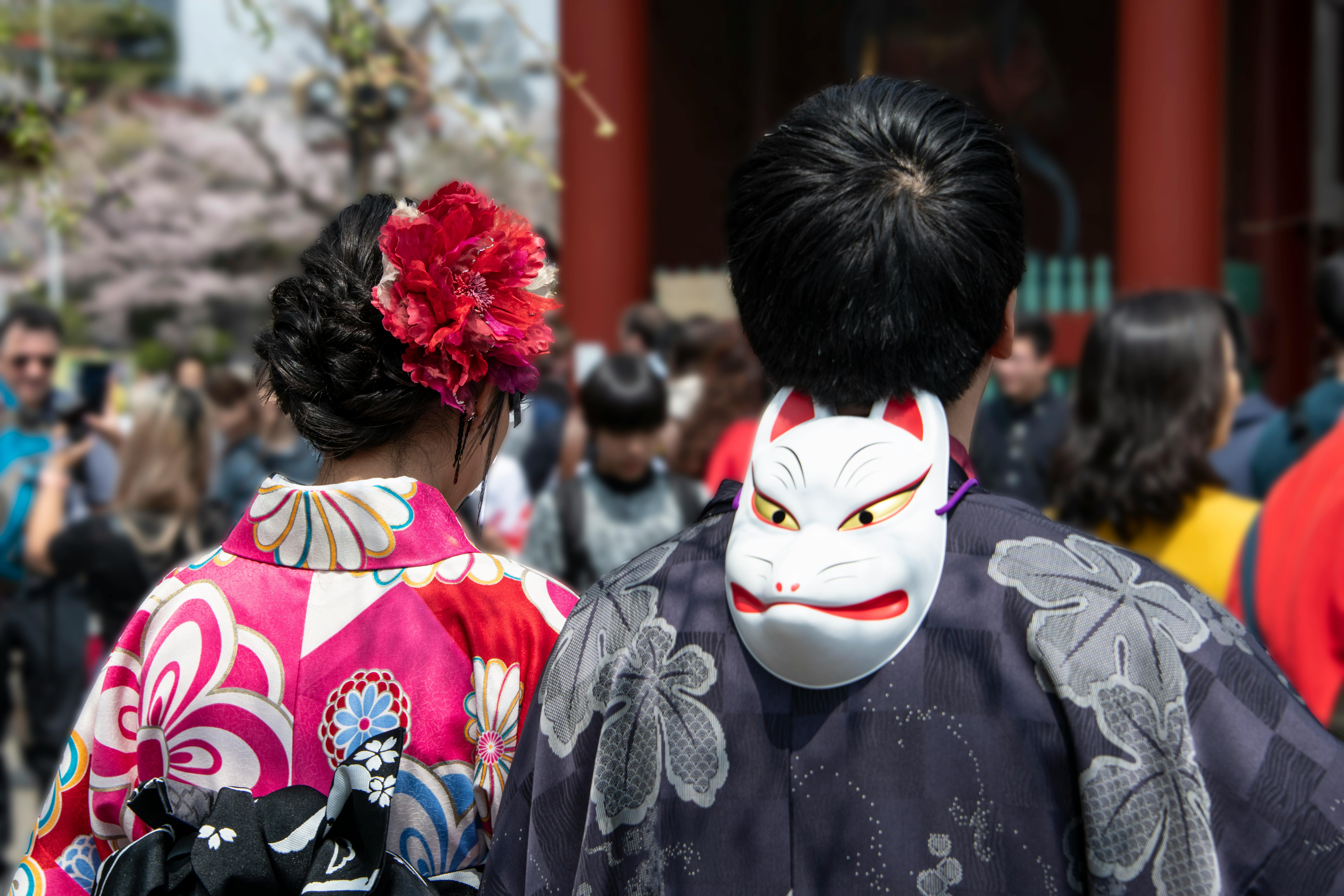
Photo by David Dibert
Cultural and Historical Background
The origins of Japan Matsuri date back thousands of years, rooted in Shinto and Buddhist traditions. At its core, Matsuri reflects a connection between people and kami — the divine spirits or gods in Shinto belief. Early Matsuri often focused on agricultural cycles, with rituals to ensure bountiful harvests or to thank the spirits for their blessings.
Many festivals also commemorate historical events or honor communities’ ancestral spirits. Over time, these sacred traditions grew into elaborate celebrations, combining religious rituals with entertainment and food. This evolution allowed Japan’s festivals to bridge the gap between ancient practices and modern cultural appreciation. If you want an insightful look into the roots of Matsuri, Britannica’s Matsuri Overview provides additional context.
Significance and Meaning
The word “Matsuri” itself translates to “festival” or “to enshrine,” emphasizing its spiritual significance. Matsuri is integral to Japanese identity, representing more than just regional celebrations. Each festival offers gratitude to kami or nature, showcases community pride, and invites everyone—locals and visitors alike—to join in.
These festivals often show the rhythm of daily Japanese life: a blend of hard work and joyful celebration. Whether it’s the exhilarating Gion Festival in Kyoto or intimate rural celebrations, Matsuri brings communities together in ways that transcend the boundaries of time and space. For more detailed insights into Matsuri’s roots and cultural meaning, you can refer to Japan Travel’s Matsuri Guide.
Key Matsuri to Experience in 2025
In 2025, Japan’s vibrant Matsuri calendar is packed with celebrations that embody the country’s seasonal beauty and cultural depth. From the blush of spring cherry blossoms to the icy wonderlands of winter, each season brings unique festivals that capture the heart and soul of Japanese traditions. Here’s a guide to some key Matsuri you should consider experiencing in 2025.
Spring Festivals: Cherry Blossoms and Celebrations
Spring in Japan is synonymous with cherry blossoms, or sakura, and the country celebrates this fleeting beauty with fervor. The Ueno Cherry Blossom Festival in Tokyo showcases an enchanting blend of tradition and nature. Wander beneath blooming trees illuminated by lanterns for an unforgettable hanami experience. Find details for the Ueno Cherry Blossom Festival 2025 here.
Another must-see is the Meiji Jingu Spring Grand Festival in Tokyo. This festival combines traditional music, dance, and martial arts exhibitions amidst a stunning shrine backdrop. It’s a chance to witness Japan’s classical arts up close.
For those willing to travel, explore Kyoto’s Daigoji Temple Hanami Festival, a historic spring tradition held at one of Kyoto’s most beautiful temples. Don’t miss seasonal treats like sakura mochi sold at nearby stalls.
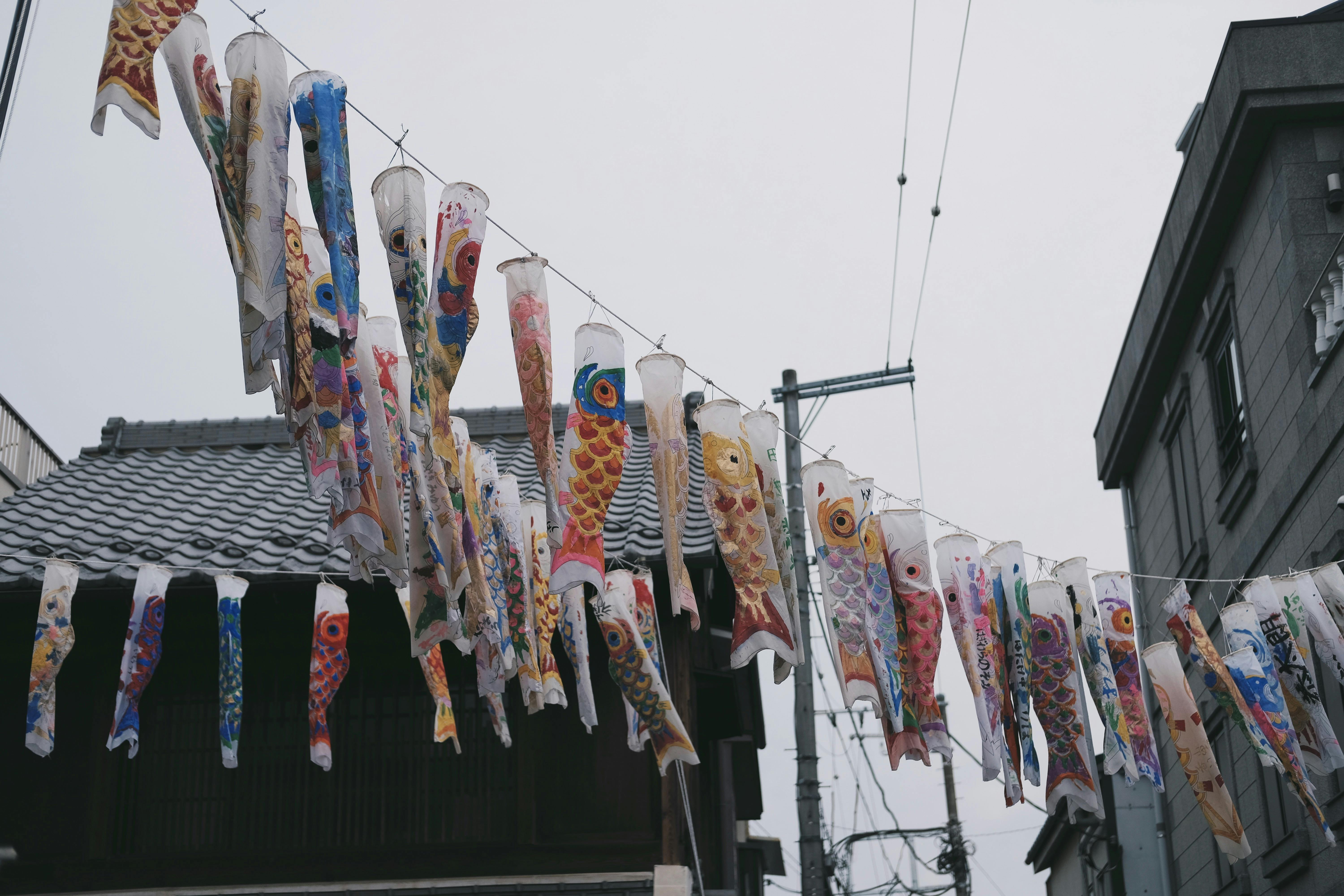
Photo by Evgeny Tchebotarev
Summer Spectacles: Fireworks and Parades
Summer Matsuri in Japan brings high-energy parades and breathtaking fireworks displays. One highlight is the Sumida River Fireworks Festival in Tokyo, famed for its spectacular pyrotechnics over the Sumida River. This 90-minute extravaganza, held each July, illuminates the sky with tens of thousands of colorful bursts. Learn more about the Sumida River Fireworks here.
The Gion Matsuri dominates July in Kyoto with its iconic floats and long-standing traditions. This festival has drawn crowds since 869 and features two main processions, Yamaboko Junko, that capture Kyoto’s cultural essence. Dive into Gion Matsuri’s schedule here.
Osaka’s Tenjin Matsuri, celebrated on July 24-25, offers another unique summer charm. Rituals, vibrant boat processions, and evening fireworks make it a top summer event. Details on Tenjin Matsuri can be found here.
Fall Traditions: Autumn Leaves and Community Spirit
The beauty of Japan’s autumn foliage merges seamlessly with its cultural festivals. Nezu Shrine Reitaisai in Tokyo is one of the season’s best-kept secrets. This grand festival offers traditional parades, music, and food, all set against autumn leaves’ vibrant reds and golds. Read about Nezu Shrine Reitaisai here.
For nature enthusiasts, the Maple Festival at Mt. Takao is a must. Taking place throughout November, it celebrates the maple leaves and the mountain’s natural beauty, paired with performances and local food at the trail’s base. Plan your visit to the Maple Festival here.
Winter Wonders: Snow and Reflection
Winter transforms Japan into a serene wonderland filled with cozy, reflective festivals. The Sapporo Snow Festival, held in early February in Hokkaido, is a masterpiece of ice and snow sculptures. This famous event showcases everything from intricate sculptures to ice slides. Discover more about the Sapporo Snow Festival here.
Tokyo’s Tori no Ichi, held on specific days in November, offers a glimpse into traditional markets. The lively atmosphere and kumade (decorative bamboo rakes) for good fortune draw both tourists and locals. Details on Tori no Ichi available here.
Lastly, December’s Ako Gishisai commemorates the legendary tale of the 47 Ronin. With processions and solemn rituals, this festival beautifully blends history and culture. Learn more about Ako Gishisai here.
Each seasonal Matsuri in 2025 offers a unique slice of Japan’s culture. Whether you’re chasing cherry blossoms, summer fireworks, or winter’s snowy magic, these festivals promise unforgettable memories.
Top Locations for Japan Matsuri in 2025
Japan Matsuri brings its traditions to life through colorful celebrations across various cities. If you’re planning your trip for 2025, Tokyo, Kyoto, and Osaka are incredible hotspots to experience some of the most iconic Matsuri of the year. Here’s what you can look forward to in each city.
Tokyo: The Hub of Celebrations
Tokyo reigns as a central stage for Japan’s Matsuri extravaganzas, blending the vibrancy of modernity with the depth of tradition. One standout in 2025 is Kanda Matsuri, one of Tokyo’s three major festivals. Held in May, this festival is dedicated to the Kanda Myojin Shrine. Its highlights include parades featuring over 200 elaborately decorated mikoshi (portable shrines), musicians, and dancers winding through the city’s streets. You’ll feel the excitement and passion as the community comes together to honor their spiritual ties.
For fans of dynamic celebrations, Tokyo boasts numerous smaller Matsuri throughout the year. Seek out the Sanja Matsuri at Asakusa Shrine for another exhilarating experience. Tokyo offers something for everyone, whether you want to immerse yourself in the sacred or celebrate the lively.
Explore more details about Kanda Matsuri here.
Kyoto: Traditional and Majestic
Kyoto’s Matsuri scene is deeply steeped in tradition, making it a favorite destination for those seeking cultural immersion. The most anticipated event is without a doubt the Gion Matsuri. This festival takes place in July and is renowned for its iconic floats known as “yamaboko.” These hand-pulled floats, some towering up to 25 meters high, feature intricate designs inspired by Japanese mythology and history.
Spanning the entire month, Gion Matsuri is much more than the parades. From ceremonious rituals to lively street food markets and yukata-wearing locals, the city transforms into a living stage of Japanese traditions. The procession days, July 17 and 24, are perfect for capturing the sheer grandeur this centuries-old festival has to offer.
Discover everything you need to know about Gion Matsuri here.
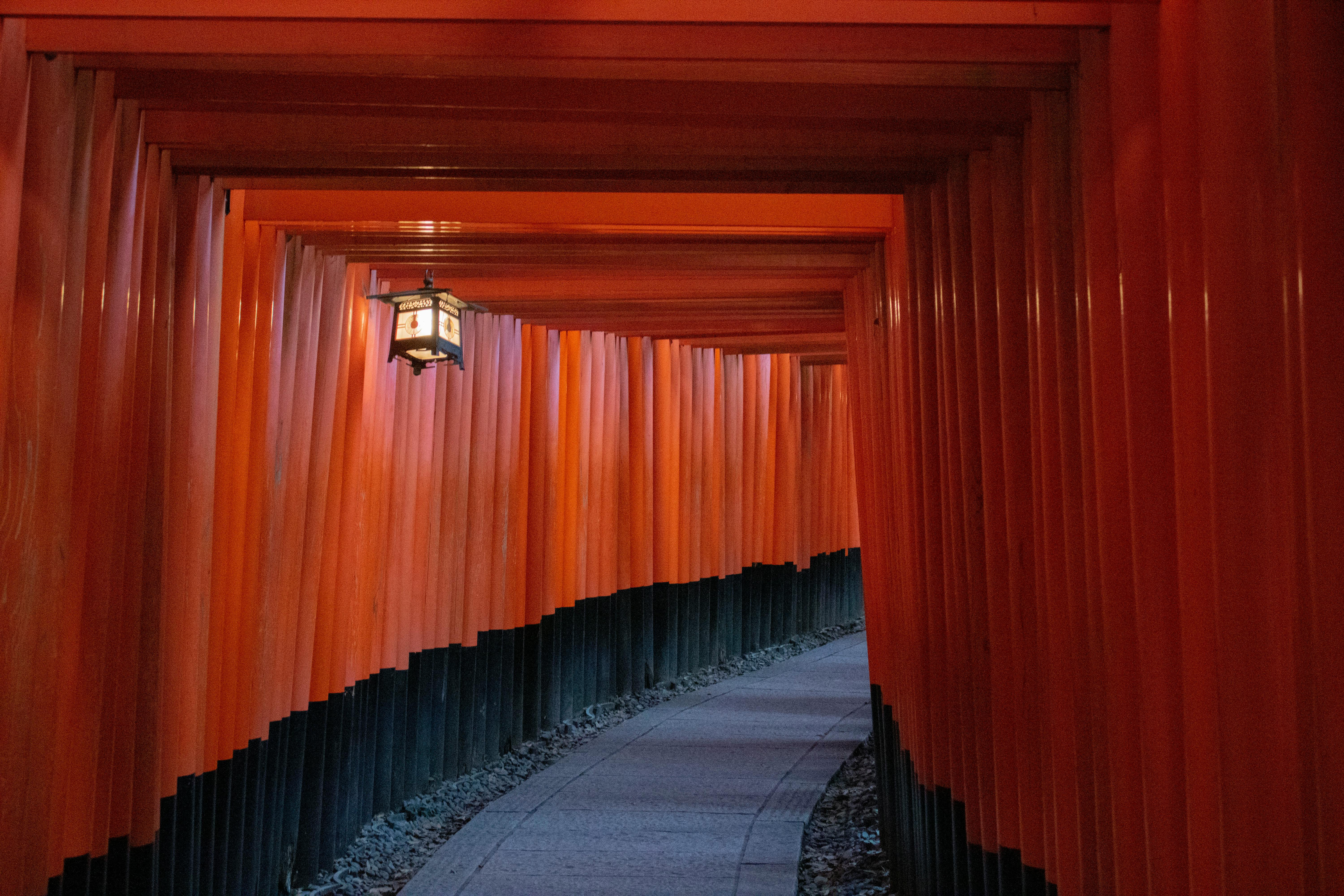
Photo by Imani Williams
Osaka: Vibrant and Grand
Osaka is home to lively Matsuri that reflect the city’s energetic spirit. The Tenjin Matsuri, held on July 24-25, is one of Japan’s top three festivals. It uniquely combines street parades with a mesmerizing boat procession on the Okawa River. As the illuminated boats float gently along, accompanied by rhythmic drumming and summer fireworks, it’s a feast for the senses.
Dedicated to the deity of learning, Sugawara no Michizane, the Tenjin Matsuri isn’t just a visual spectacle. It also includes solemn rituals that take you back to Japan’s ancient customs. Whether you’re enjoying the festivities from the riverbanks or joining the crowds at the shrine, you’ll find plenty of reasons to love Osaka’s celebratory atmosphere.
Check out Osaka’s Tenjin Matsuri details here.
Every city offers its unique flavor of Japan Matsuri. Whether you’re intrigued by the grandeur of Kyoto, the energy of Tokyo, or the vibrant tradition of Osaka, these top locations ensure you’ll have a rich cultural experience in 2025.
Tips for Attending Japan Matsuri in 2025
Attending a Japan Matsuri is a spectacular way to immerse yourself in Japanese culture and traditions. Whether you’re drawn to the vibrant parades, local delicacies, or sacred rituals, proper planning and cultural understanding will help you make the most of this experience. Here’s what you need to know to enjoy Japan Matsuri in 2025.
Planning Your Visit
Before diving into the Matsuri excitement, you’ll want to ensure a smooth experience with proper planning. These festivals attract large crowds, and preparing in advance will save you from unnecessary hassle.
- Book Accommodations Early: Popular festivals like the Gion Matsuri in Kyoto or Awa Odori in Tokushima bring travelers worldwide. Rooms near major Matsuri hotspots often fill up months in advance. Tools like Booking.com or Airbnb can help you secure a stay well ahead of the event.
- Check the Festival Dates: Matsuri schedules vary slightly by year, and some festivals span multiple days. Visit official tourism websites such as Japan Travel to confirm the dates for 2025 Matsuri.
- Plan Transportation Wisely: Japan’s trains are reliable, but bullet trains and local lines may become overcrowded around festival times. Look into prepaid options like the JR Pass or local transport cards (Suica or Pasmo). Aim to arrive early to avoid traffic or packed trains, especially if the festival is in a smaller city.
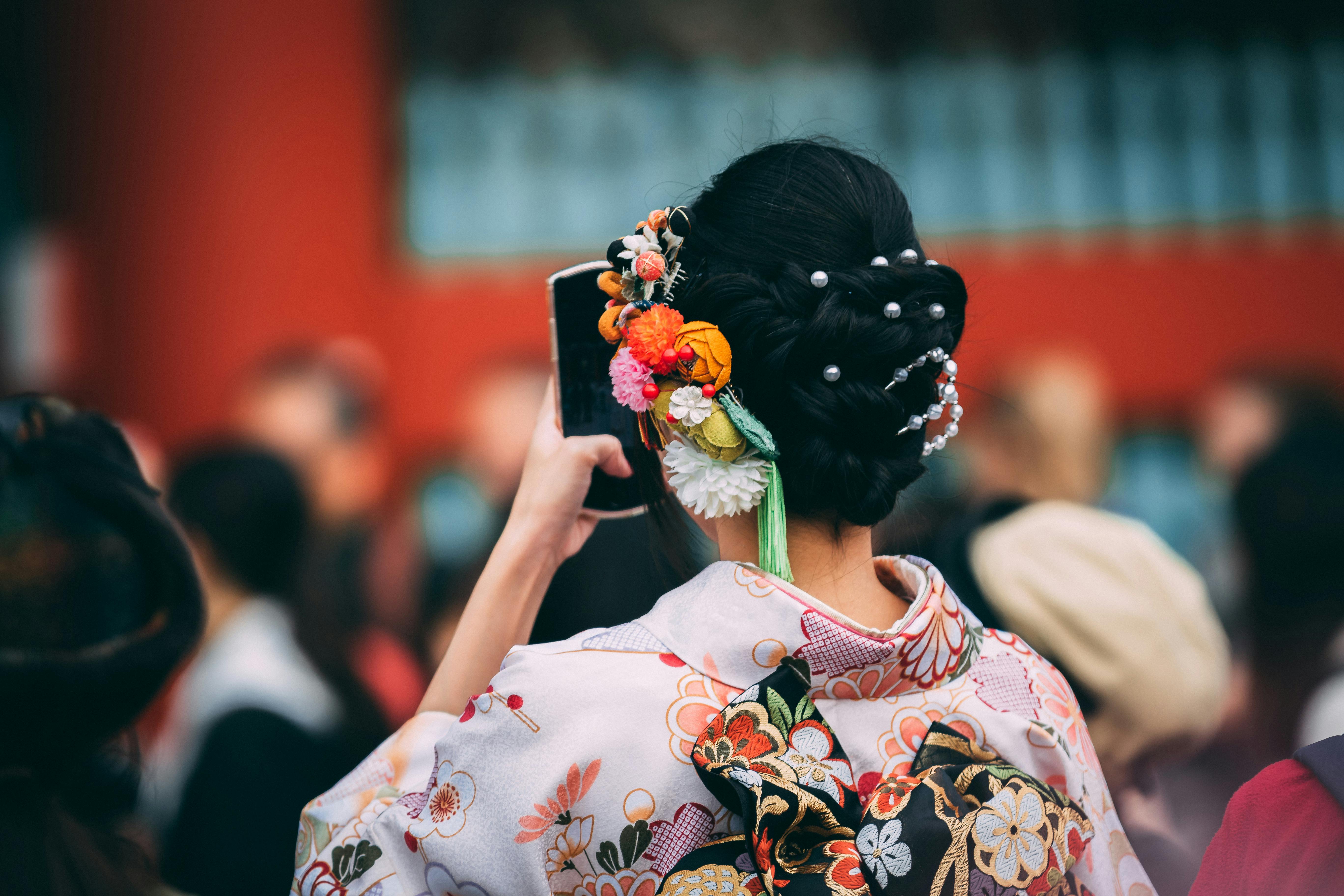
Photo by DSD
Cultural Etiquette
Understanding local customs ensures you enjoy the festival and show respect to the traditions and communities hosting you.
- Respect the Dress Code: Some festivals encourage traditional attire, like yukata or kimono, which you can rent locally. Even if you’re not wearing traditional clothes, opt for modest attire.
- Mind Shrine Etiquette: Many Matsuri revolve around shrines. Approach respectfully, bow before entering, and avoid stepping on the threshold of the torii gate.
- Be Polite: Avoid loud conversation or disruptive behavior during ceremonial acts. Observe the locals for cues on when to cheer or stay silent.
- Dispose of Trash Correctly: Trash bins are rare in Japan, even during festivals. Carry a small bag to dispose of your rubbish later.
For more detailed etiquette tips, check out this guide to Japanese cultural manners.
Must-Try Matsuri Food
One of the best parts of any Matsuri is the food! Streets are lined with stalls offering quintessential Japanese festival treats. Here are some must-try dishes:
- Takoyaki: These savory octopus-filled balls, drizzled with mayonnaise and takoyaki sauce, are a festival favorite. They’re crispy on the outside and gooey inside—perfect for snacking.
- Yakitori is skewered, grilled chicken seasoned with soy sauce or salt. These delicious bites are great on the go.
- Taiyaki: A fish-shaped pastry filled with sweet red bean paste. Modern variations may also include custard or chocolate.
- Okonomiyaki: Known as savory pancakes, these are cooked fresh on the griddle with toppings like seafood, cabbage, and a drizzle of sweet-savory sauce.
These dishes satisfy your taste buds and offer a deeper connection to Japanese culinary traditions.
By thoughtfully preparing, respecting cultural norms, and indulging in local food, you can make your 2025 Japan Matsuri experience remarkable.
Modern Festivals: A New Take on Matsuri
Japan’s Matsuri culture continues to evolve, blending age-old traditions with contemporary influences. Modern festivals introduce fresh elements like music, art, and anime-themed celebrations to traditional frameworks. These innovative twists breathe new life into Matsuri, ensuring it resonates with younger generations and international visitors while still honoring its roots.
Anime and Pop Culture-Inspired Festivals
Modern Matsuri often incorporates anime and pop culture elements, reflecting Japan’s global influence in entertainment. Festivals likethe Anime Japan Festival and special themed Matsuri events feature cosplayers, merchandise, and showcases from renowned anime studios. These gatherings are a haven for anime fans and an engaging way to experience Japan’s creative side.
Additionally, pop culture-themed Matsuri sometimes blends classic rituals, such as mikoshi (portable shrines), with performances inspired by popular anime and manga. These festivals become a meeting point for tradition and Japan’s cutting-edge entertainment scene, creating a space where visitors can celebrate both past and present.
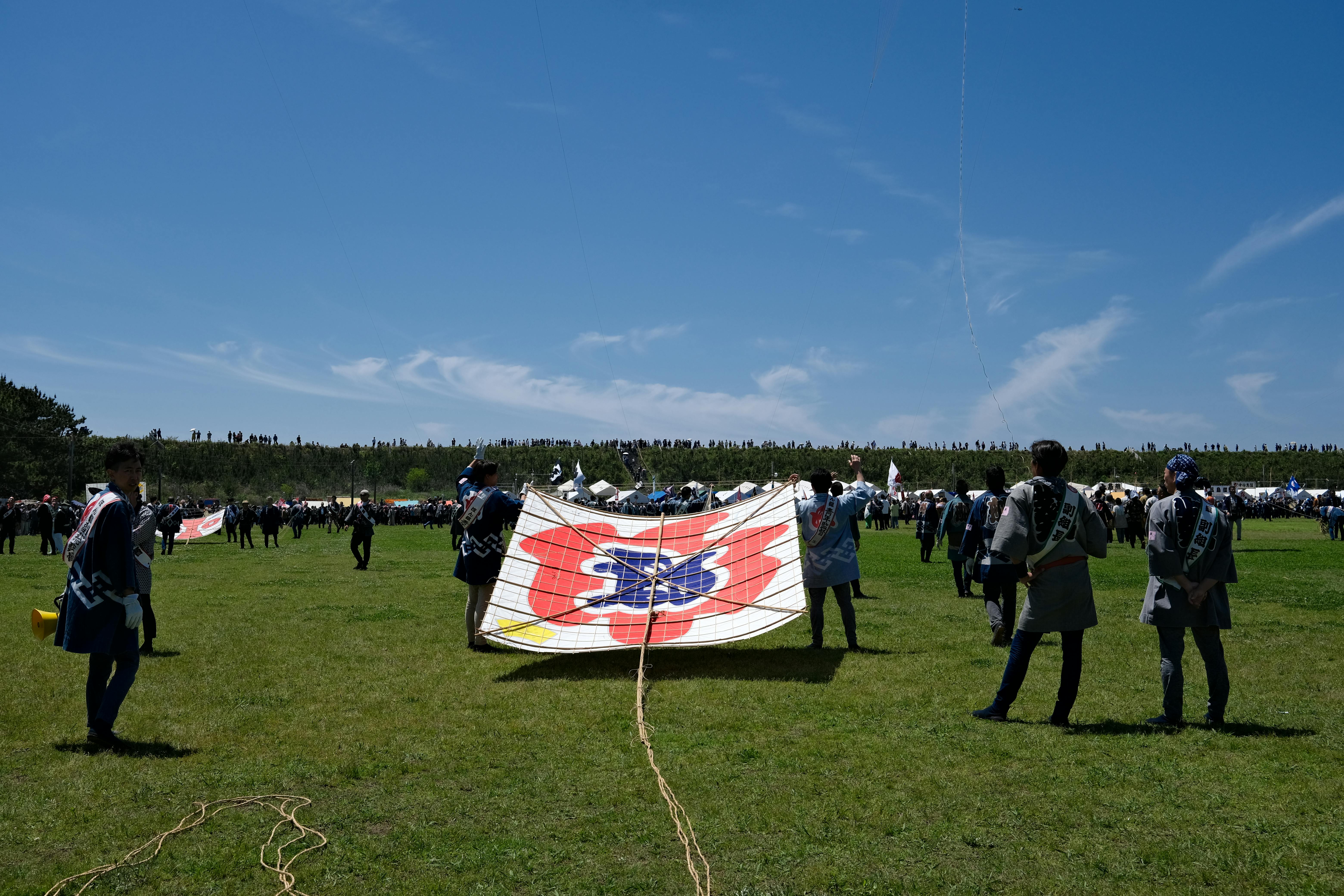
Photo by Huu Huynh
Music Festivals that Bridge Old and New
Music has always been a part of Matsuri, but modern festivals take it to the next level. Events like the Sumida Street Jazz Festival or the fusion EDM parties held during Matsuri nights invite international DJs and local artists to perform. These gatherings attract younger attendees while staying connected to Matsuri traditions like taiko drumming.
Traditional music sometimes merges with modern genres, creating a unique soundscape. Imagine the rhythmic beats of taiko drums paired with electronic music or jazz saxophones harmonizing with classical Japanese melodies. Such innovations entertain and ensure the Matsuri spirit remains relevant to today’s audience.
Learn about upcoming music-infused Matsuri events in Japan.
Culinary Adventures at Contemporary Matsuri
Food has always held a central spot in Matsuri, but contemporary festivals are pushing culinary boundaries. In addition to traditional foods like takoyaki and okonomiyaki, you’ll now find food stalls offering creative fusion dishes. Sushi tacos or matcha-flavored pancakes? These innovative treats cater to international palates while maintaining a Japanese twist.
Some modern Matsuri even integrates cooking demos and food workshops, allowing attendees to try their hand at crafting Japanese delicacies. This interactive approach deepens appreciation for Japanese food culture, making Matsuri a feast for the soul and an exploration of taste.
Explore the modern evolution of Matsuri through food at alljapantours.
By merging traditional customs with modern trends, these festivals illustrate how Matsuri continues to captivate hearts across generations.
Conclusion
Japan Matsuri in 2025 is more than just festivals—it’s a gateway to understanding the heart of Japanese culture. These events blend history, community, and celebration, creating unforgettable memories for travelers and locals alike.
With each season offering unique experiences, 2025 is the perfect time to dive into these traditions. From vibrant spring parades to serene winter rituals, every Matsuri showcases the beauty and spirit of Japan.
Plan your visit thoughtfully, respect local customs, and soak in the atmosphere. Don’t miss this opportunity to immerse yourself in the joy and depth of Japan Matsuri. What festivals will be on your itinerary?

